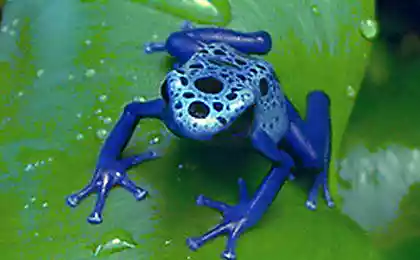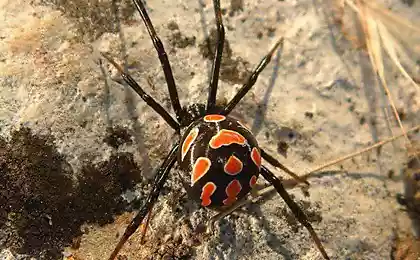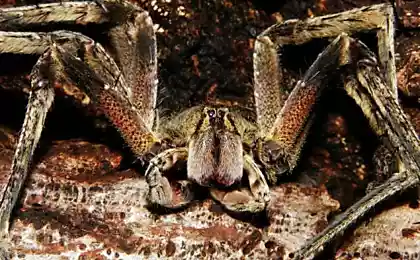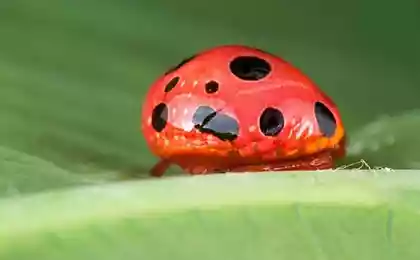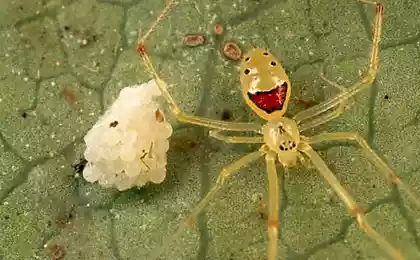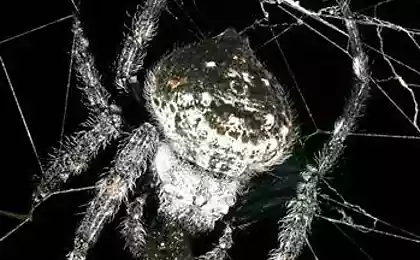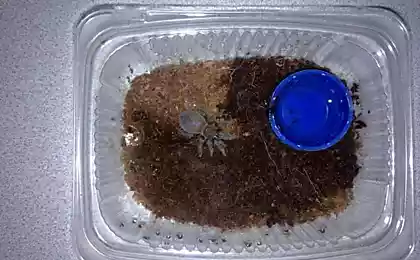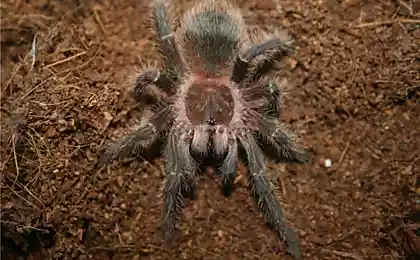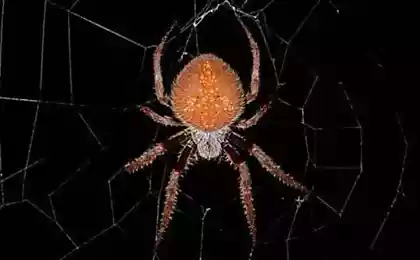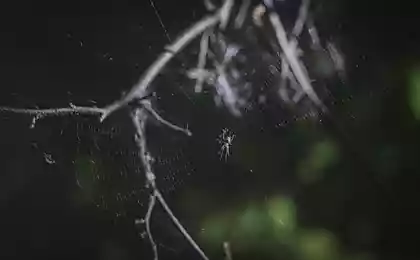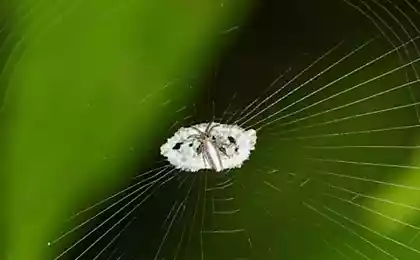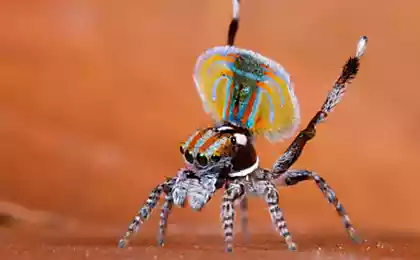1648
Spider-jewel
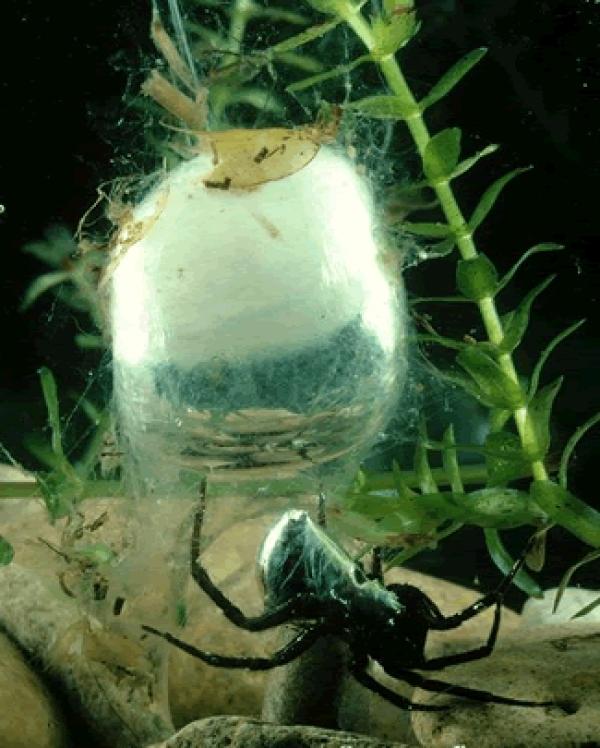
Lifestyle Argyroneta aquatica well written the famous British naturalist Gerald Durrell in his book "The Naturalist on the fly": "It is unlikely that someone will come up with the idea to look at the bottom of the pond spider, but a water spider silverfish and that is where he lives. In the thickets of seaweed, he constructs a kind of diving bell - silk turned upside down cup that fills born with hairy legs on the surface of air bubbles. Around this bell he weaves a network, as well as the usual spiders, and the hidden underwater house and waits for the tadpole, grebnyak or even some kind of production will fall into the trap ».
Until now, it was thought that silverfish must necessarily rise for the next portion of the air to the surface every 20-40 minutes. However arachnology (specialists in the spiders) Roger Seymour (Roger Seymour) and Dr. Stephen Hertz (Stefan Hetz) dispelled this misconception. Accurately modeled in the laboratory conditions of stagnant, covered with duckweed pond and heated by the sun, they found that the spider can live in his "diving bell" all day long, not rising up.
Seymour and Hertz measured the dynamics of oxygen inside the spider bladder and in the surrounding water. The results were amazing. It was found that when the O2 content in the mini-atmosphere "bell" falls to a level lower than in the surrounding water, oxygen begins to seep in through the thin wall, aligning the concentration - in chemistry this process is called osmotic regulation.
As regards the carbon dioxide, which is formed as a result of respiration spider, its molecules move in the opposite direction - from the bubble in the water. In other words, the "diving bell" spider silverfish works like the gills of fish.
Staying longer at the bottom, Argyroneta aquatica saved from insectivorous birds that can peck it with the water surface.
Corals appeared 240 million years earlier than previously thought
Love for coffee determine the genes
